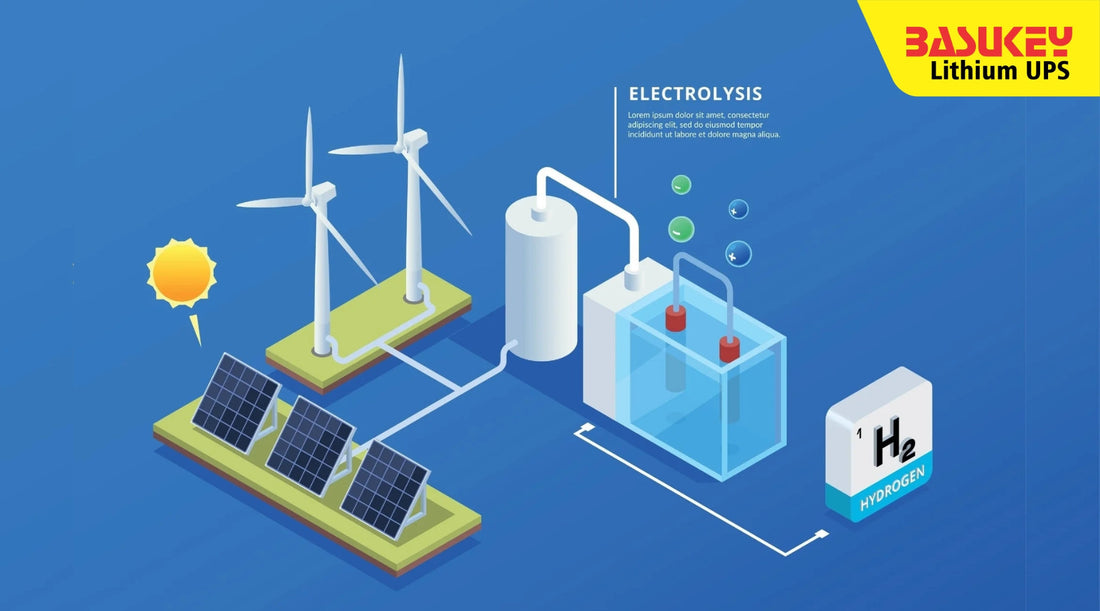
Energy Literacy: Understanding Where Our Electricity Comes From
Share
Have you ever wondered where the electricity that powers your home comes from? Understanding the sources of energy used to generate electricity is crucial for energy literacy. Let's delve into the different types of energy sources and how they contribute to our electricity supply.
Renewable Energy
Renewable energy sources, such as solar, wind, hydro, and geothermal power, are becoming increasingly popular due to their sustainability and environmental benefits. In fact, renewable energy accounted for 17.5% of total electricity generation in the United States in 2019. Solar energy alone has seen a remarkable growth of 25% in the past decade.
Fossil Fuels
Despite the rise of renewable energy, fossil fuels still play a significant role in electricity generation. Coal, natural gas, and oil remain the primary sources of electricity in many parts of the world. In 2019, fossil fuels accounted for 62.7% of total electricity generation in the U.S.
Nuclear Power
Nuclear power plants generate electricity by harnessing the energy released from nuclear reactions. Although nuclear power accounts for a smaller percentage of electricity generation compared to fossil fuels and renewables, it plays a crucial role in providing baseload power and reducing greenhouse gas emissions.
Hydropower
Hydropower, generated from flowing water, is one of the oldest sources of electricity. It accounts for approximately 7% of total electricity generation in the U.S. Hydropower plants can vary in size from large-scale dams to small run-of-the-river facilities.
Understanding the Mix
Electricity generation is a complex system that relies on a diverse mix of energy sources to meet the demands of consumers. By understanding where our electricity comes from, we can make informed decisions about energy consumption and support the transition to a more sustainable energy future.
